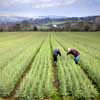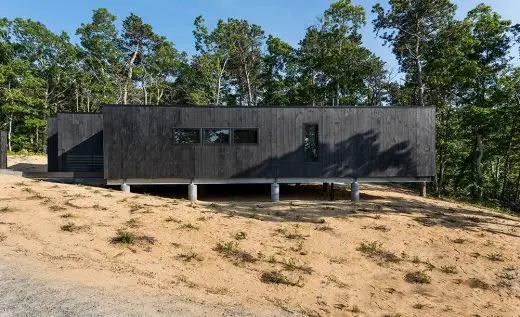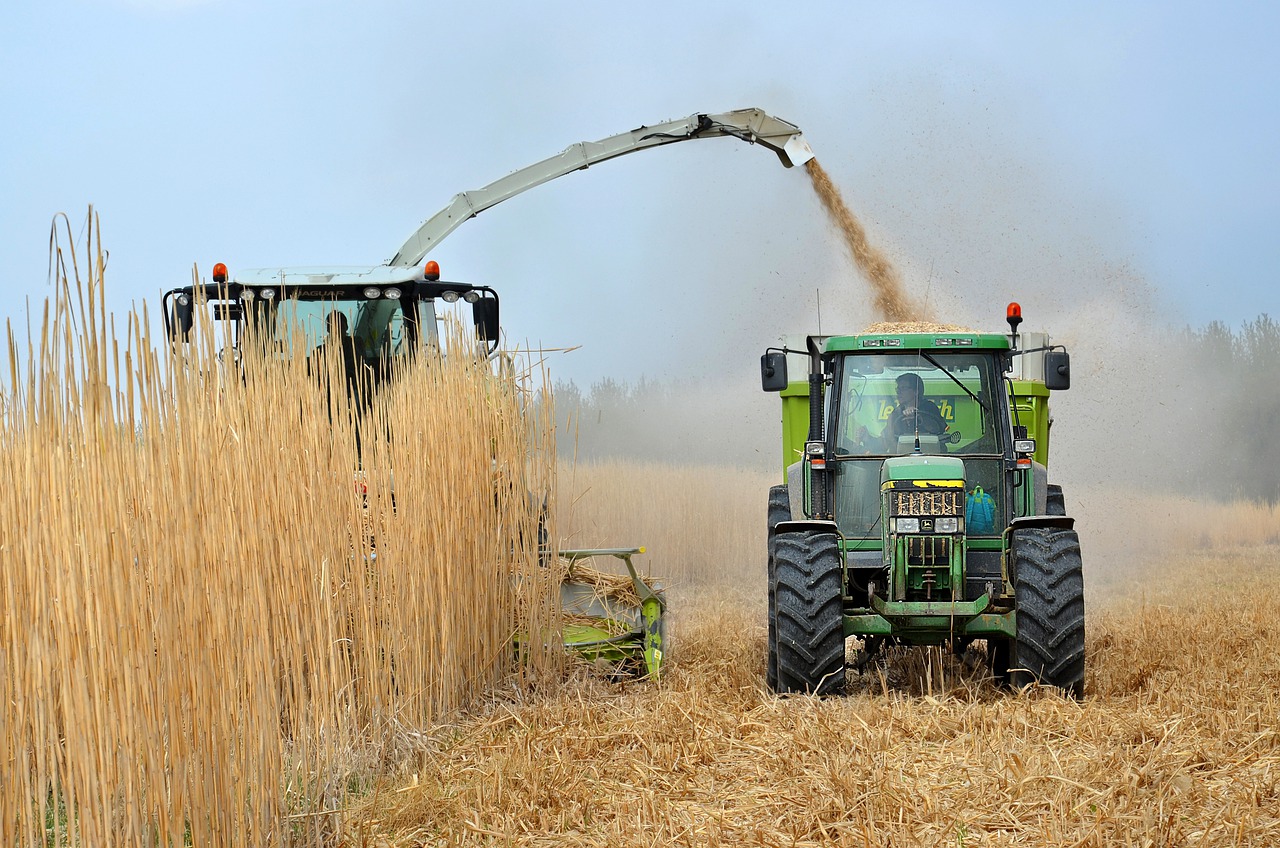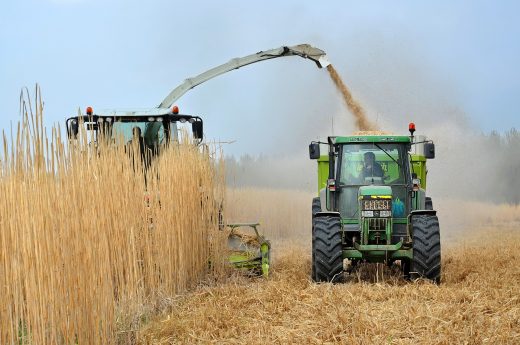Biomass, Wood Panel Industry, Supply, Building Design, Forestry News, Fibre, Climate, Energy
Biomass : Timber Supply Issues
Wood Panel Industry Discussion by Alastair Kerr, Director General
29 Mar 2010
Biomass – a manufacturer’s viewpoint
Wood Panel Industry News
So serious is the threat of global warming that the climate debate is currently one of the biggest political issues anywhere in the world. And besides man-made carbon emissions, one of the biggest concerns is the question of deforestation.
Deforestation has always been a major environmental issue but, as people are now beginning to realise, the biggest problem is illegal felling in the tropical rainforests. By contrast, temperate forests are generally managed sustainably to provide a source of renewable raw materials. Correct sustainable forest management, such as that independently certified by the Forest Stewardship Council (FSC) and Programme for the Endorsement of Forest Certification (PEFC) actually increases a forest’s ability to absorb atmospheric carbon while yielding wood and wood fibre for industrial use.



And, of course, wood can be burned to generate heat and power. ‘Biomass’ is one of the hottest buzzwords in the lexicon of sustainable development: it’s better to grow a renewable crop of fuel than to burn non-renewable fossil fuels, goes the argument.
While that’s true, it does not make sense to grow trees just in order to burn them. The wood panel products industry consumes about 40% of British forestry production – estimated at around 10 million tonnes per year – but hardly any of that material is mature timber.
Mature trees are processed into lumber, while products like OSB and MDF are made from forest thinnings and products derived from the sawmilling industry.
The growing clamour for more renewable energy has encouraged the development of biomass power plants which, despite their renewable credentials, have proved controversial not least because of resistance from people living near proposed biomass sites.
Justification for major biomass projects invariably includes the assertion that there is a surplus of wood being produced by the forestry industry and in post-consumer wood waste. This is simply not true. All of the trees harvested from British forests barely satisfy the needs of the manufacturing sector and much of post-consumer reclaimed wood is recyclable into chipboard. However, there is a surplus, but it lies at the bottom of the pile: contaminated post-consumer recycled material, uneconomic forest by-product and residues are all un-reusable in terms of panel product manufacture but perfect for energy generation.
According to the WRAP report on Wood Waste Market in the UK (August 2009), there are currently about four million tonnes of wood fibre going to landfill every year in the UK. That represents a lot of renewable energy but, to burn it, you must install equipment which will ‘scrub’ or filter out any contaminants to prevent them being released into the environment.
The energy companies are not doing that; it’s too expensive. And in any case, why should they? Arguing that there is a surplus of wood coming out of our forests, they can claim about £37 per tonne to burn clean wood under the government’ Renewables Obligation scheme.
Consequently, the energy companies are able to out-bid wood panel manufacturers for their raw material and buy up forest thinnings and sawmill products at a discounted price.
Hence the wood panel products industry is facing unfair subsidised competition for its raw materials while the energy companies are subsidised to release carbon into the atmosphere by burning wood which could be used to make useful products. This is hard to justify in light of the government’s own carbon emissions policy. With a growing cycle of between 35 to 40 years for coniferous species the full benefits of carbon sequestration and therefore the delivery of a carbon neutral fuel will only be fully realised from wood when the second rotation is felled and only then, if replanting rates are maintained (and ideally increased) to replace the first felling. Manufactured wood products can store the carbon for at least this period and only at the absolute end of life can its stored energy be recovered.
Ironically, it is the wood panel products industry (which generates a substantial amount of its manufacturing heat requirements by burning its own process residues) that is leading the way in the use of non-recyclable wood fibre as a biomass fuel for renewable heat. But this will not be supported by Government (according to the recent consultation on Renewable Heat Incentives.)
Meanwhile, four million tonnes of residues which could be generating green energy are sent to rot in landfill every year and the emerging biomass industry siphons off the usable wood fibre that is the life-blood of the wood panel products industry. It’s time the government engaged in some joined-up thinking.
Case study: Norbord leads the way in renewable heat
Although not part of the renewable energy industry, the wood panel products industry is itself a huge user of renewable energy. In fact, WPIF member Norbord, is the UK’s largest generator of renewable heat energy, using its own process residues to generate the heat needed to manufacture its products.
Norbord’s fuel is the bark, dust and un-recyclable fibre left over from its manufacturing process – material that has no other practical use. “If subsidies are available to encourage the burning of any forest products, I believe they should encourage the consumption of this material, not virgin wood that has a valid commercial use” comments Norbord Europe’s Director of Environment, Health and Safety, Steve Roebuck.
Alastair Kerr, Director General
Wood Panel Industries Federation
Pictures: Steve Roebuck, Norbord Europe’s Director of Environment, Health and Safety and Alastair Kerr, Director General of the WPIF.
Biomass article from the Wood Panel Industries Federation, UK
Comments on this Biomass article are welcome.
International Architectural Designs
Wood Panel Industry : article by Alastair Kerr, Wood Panel Industries Federation
Performance Architecture : Architecture Discussion by Brian Carter. 9 Mar 2010
Luminous Ceiling Lighting : article by Thomas Schielke. 4 Mar 2010
Sustainable Design : article by Trevor Tucker. 18 Aug 2009
Warp House
Design: Stack + Co. Architects

photo : Nat Rea
Warp House
Sustainable Architecture Design : article by Trevor Tucker. 18 Aug 2009
Comments / photos for the Biomass – Wood Panel Industry page welcome





